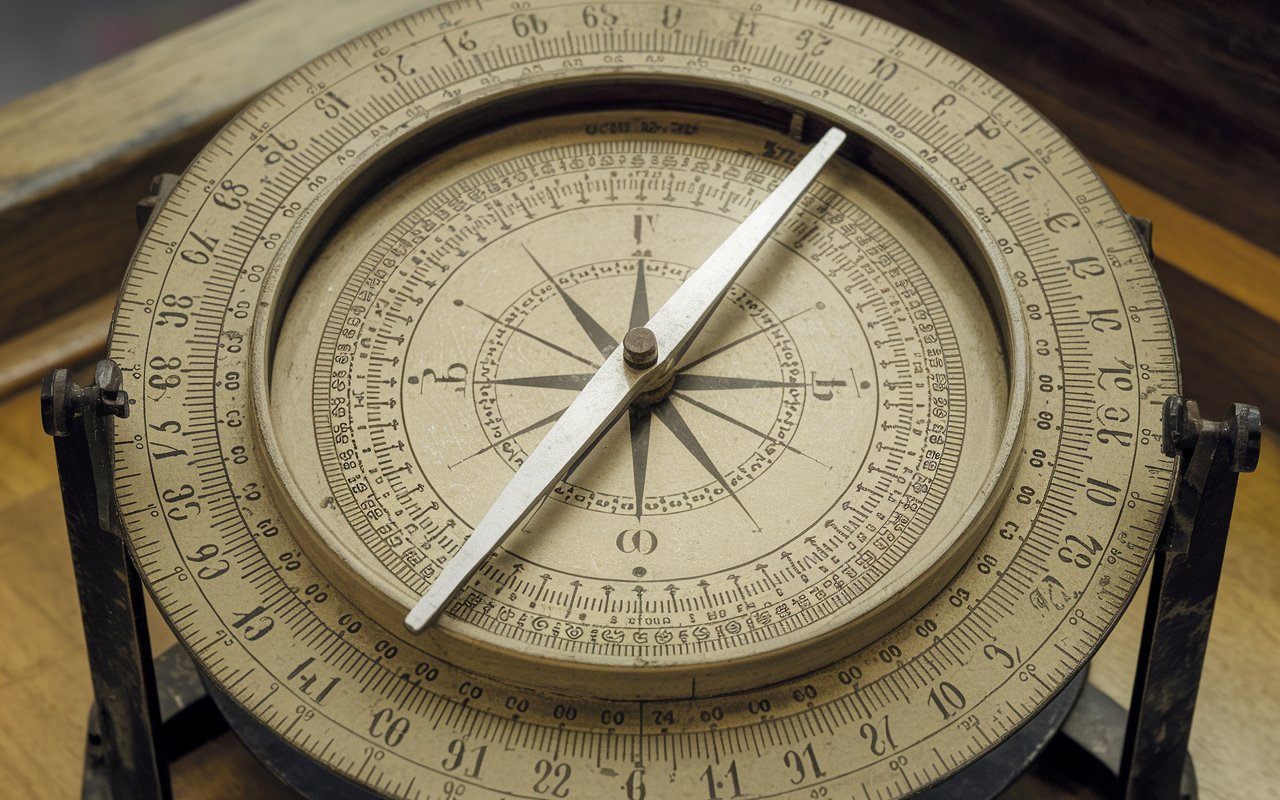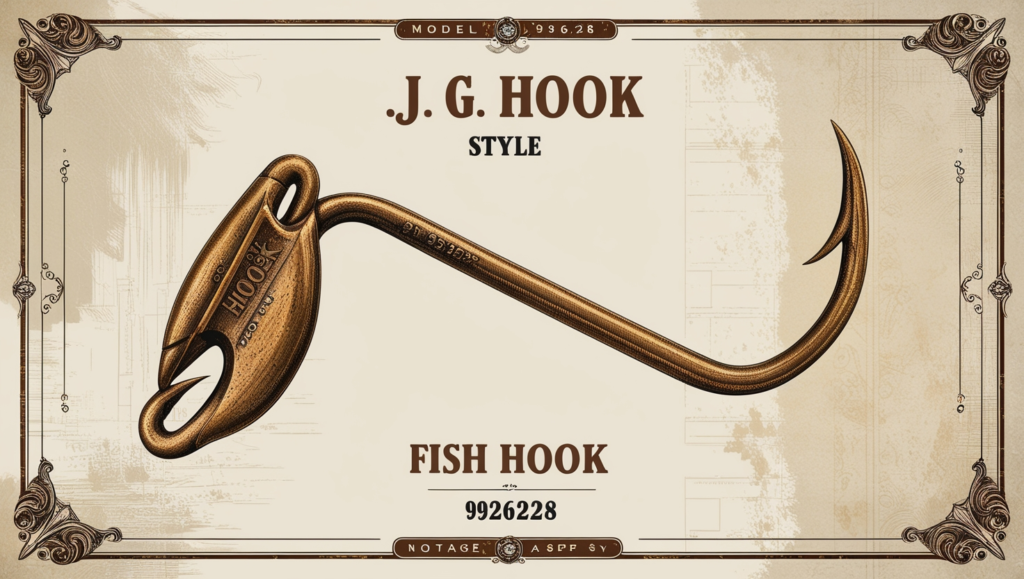Introduction
The Bussola to Measure Angles Within a Circle is a practical and precise instrument used in various fields like geometry, navigation, and engineering. This tool is designed to simplify calculating angles within a circular framework, ensuring accuracy and efficiency. Its structure usually features a circular dial with marked degrees and a movable pointer, enabling users to align and measure angles effortlessly. The bussola’s versatility makes it a valuable asset for determining angular relationships, directional measurements, and rotational analysis in tasks that require exact circular calculations.
How the Bussola Functions
The Bussola to Measure Angles Within a Circle by aligning its movable pointer with specific degree markings arranged along a circular dial to represent a full 360 degrees. Users can determine the exact angle between lines or objects by positioning the pointer or needle at the desired location. This functionality is handy for precision tasks, such as constructing geometric shapes or plotting navigational courses. The Bussola ensures accurate results with minimal effort.
Key Features of the Bussola
One of the standout characteristics of the bussola, which measures angles within a circle, is its simplicity and effectiveness. The circular dial, often made of durable material, ensures clarity in reading angle measurements. Its movable pointer or compass needle is designed for smooth rotation, allowing precise alignment with degree markers. Many bustles also include additional features, such as magnetic properties for directional orientation. These features enhance the tool’s versatility, making it an indispensable instrument in various applications.
Applications in Geometry
The Bussola, used to measure angles within a circle, plays a vital role in geometry, aiding in creating and measuring circular and angular designs. Students and professionals use it to construct arcs, measure segments, and calculate angles between intersecting lines. Its ability to provide precise readings ensures accurate results in geometric problem-solving. The Bussola simplifies complex calculations, allowing users to focus on understanding and visualizing intricate geometric relationships.
Use in Navigation and Surveying
In navigation and surveying, the bussola to measure angles within a circle is an essential tool for determining directions and distances. Surveyors rely on it to measure angles between landmarks, ensuring accurate mapping and plotting. Similarly, navigators use it to calculate directional bearings, which are critical for charting courses across land or sea. The bussola’s accuracy and ease of use make it an indispensable asset in these technical fields.
Role in Construction and Design
The Bussola to measure angles within a circle is highly valuable in construction and design projects that require precise angular measurements. Architects and engineers use it to draft circular designs and ensure accuracy in building layouts. It helps measure and align angles for curved structures, ensuring that they meet the required specifications. The bussola’s versatility enables professionals to execute designs with confidence and precision.
Importance in Educational Settings
The Bussola to Measure Angles Within a Circle, is a crucial educational tool, especially in math and science classrooms. It helps students grasp the concept of angles and their measurement, fostering a deeper understanding of geometry. Using the bussola, learners can visualize and measure angles accurately, making abstract concepts more tangible. This hands-on experience is invaluable for building foundational mathematical reasoning and spatial understanding skills.
Advances in Bussola Technology
Modern versions of the Bussola to Measure Angles Within a Circle, have evolved with technological advancements, incorporating digital displays and enhanced precision features. Digital buses allow users to measure angles with even greater accuracy and convenience. Some models also include electronic calibration, making them suitable for high-precision tasks. These innovations continue to expand the tool’s applications in scientific research and professional fields.
Benefits of Using a Bussola
The Bussola to measure angles within a circle offers numerous benefits, including accuracy, ease of use, and versatility. It eliminates the guesswork in angular measurements, ensuring reliable results in various applications. Its straightforward design makes it accessible to both professionals and beginners. The bussola’s ability to measure angles within circular frameworks uniquely suits it for specialized tasks. These advantages make it a preferred choice for precise angle measurement.
Conclusion
The Bussola to measure angles within a circle is more than just a measuring tool; it is a versatile instrument that simplifies complex calculations. It is a reliable companion for precise angular measurements, from educational settings to professional fields. Its durable design and technological upgrades ensure it remains relevant in modern applications. Whether used for geometry, navigation, or construction, the Bussola continues to prove its value in diverse settings.



